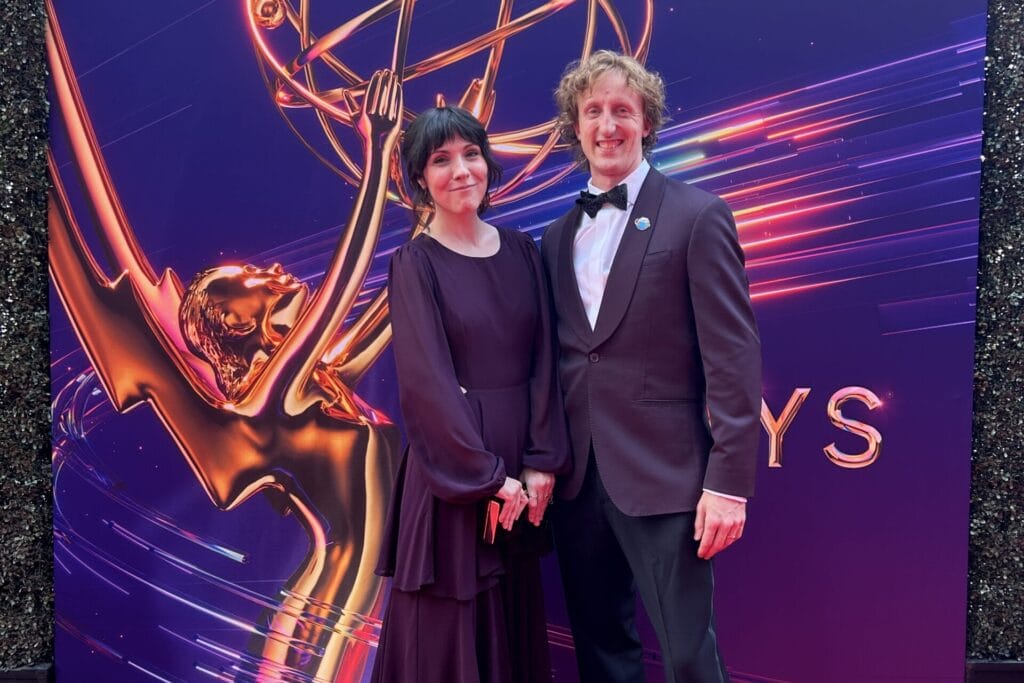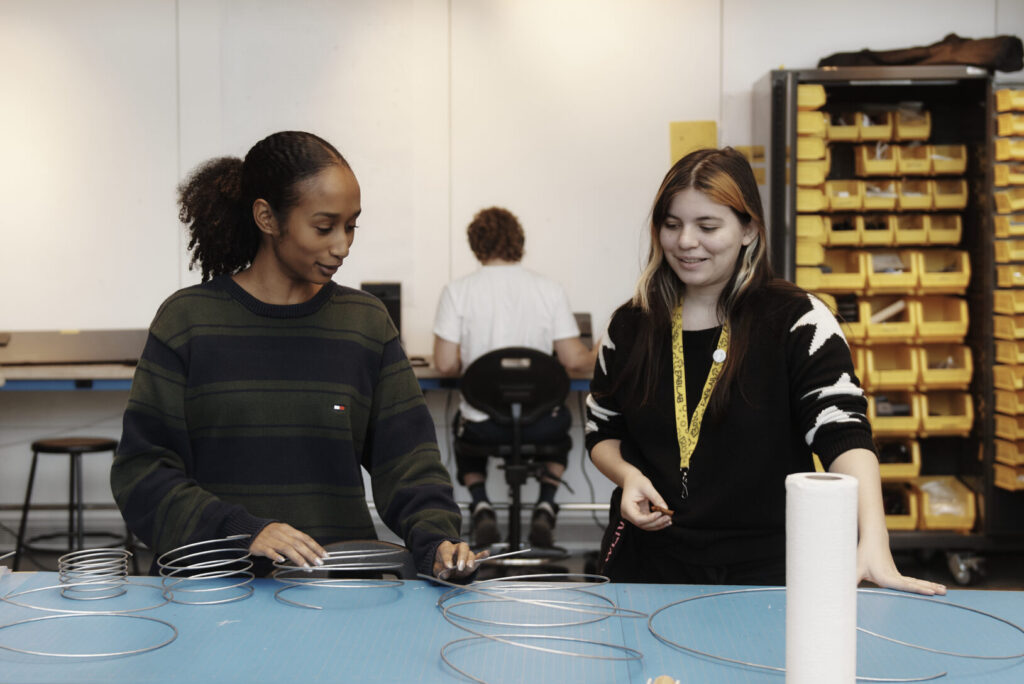Written by Rachael Dubinsky
ΊμΑμ½νΉΟ±¨ alumnus and astrophotographer, Sean Walker, BFA β96 (Painting), has always been fascinated by the night sky. This wonderment has evolved into a career that bridges the worlds of art, science, and storytelling. Recently, Sean had an asteroid officially named after him by the International Astronomical Union, honoring his lasting accomplishments as an artist and astrophotographer.
We caught up with Sean, an associate editor at , to learn how his foundation in visual arts led to a life spent capturing the cosmos.Β
How did you first get interested in astrophotography?Β
I have always been drawn to astronomy. My mother had a telescope and would show my brothers and me the planets when we were kids growing up in the 1970s, and we watched Carl Saganβs COSMOS in the early 1980βs.Β
For me, the real turning point came in 1994 when comet Shoemaker-Levy 9 collided with Jupiter. Watching those images unfold just blew my mind. It made me really want to learn how to take pictures of objects in the night sky, so I bought a book and taught myself how to shoot the stars. The wisps of nebulosity in our Milky Way remind me a bit of action painting, but on a celestial scale.
What types of art do you draw inspiration from?
It depends on what Iβm working on, but Iβve always had a deep admiration for abstract expressionists like de Kooning and Clyfford Still. At the same time, Iβm really drawn to photographers like Ansel Adams, Man Ray, and even E.E. Barnard. When focusing on the landscape, I often consider the light in Edward Hopper works.
What do you do as an associate editor of Sky & Telescope Magazine?
I wear a lot of hats. I assign and edit articles from contributing authors, write pieces myselfβespecially on astrophotography techniquesβand manage our equipment reviews. I also get to lead astronomical tours to view events like total solar eclipses. Iβve had the privilege of seeing and photographing three total eclipses so far.















